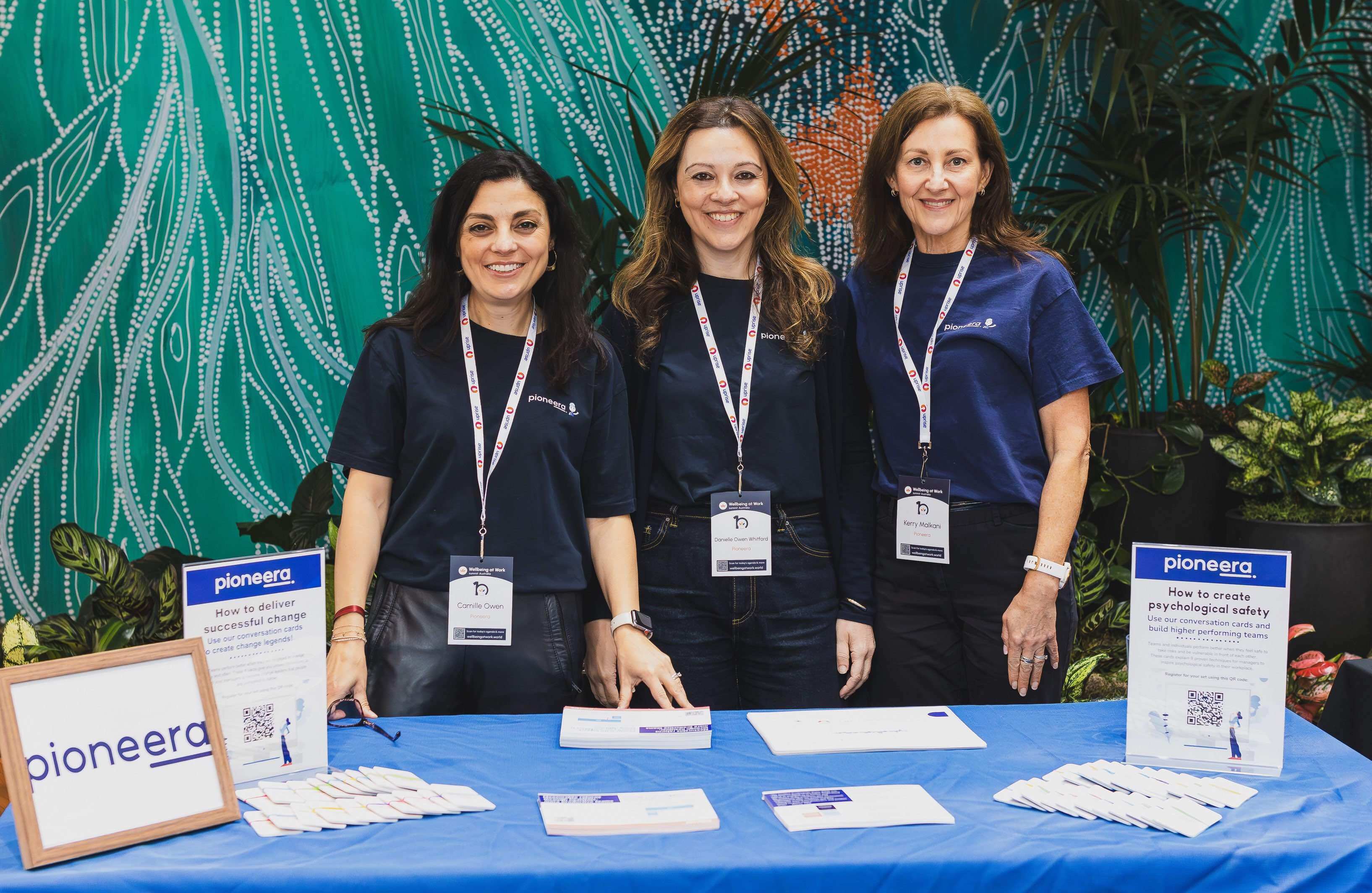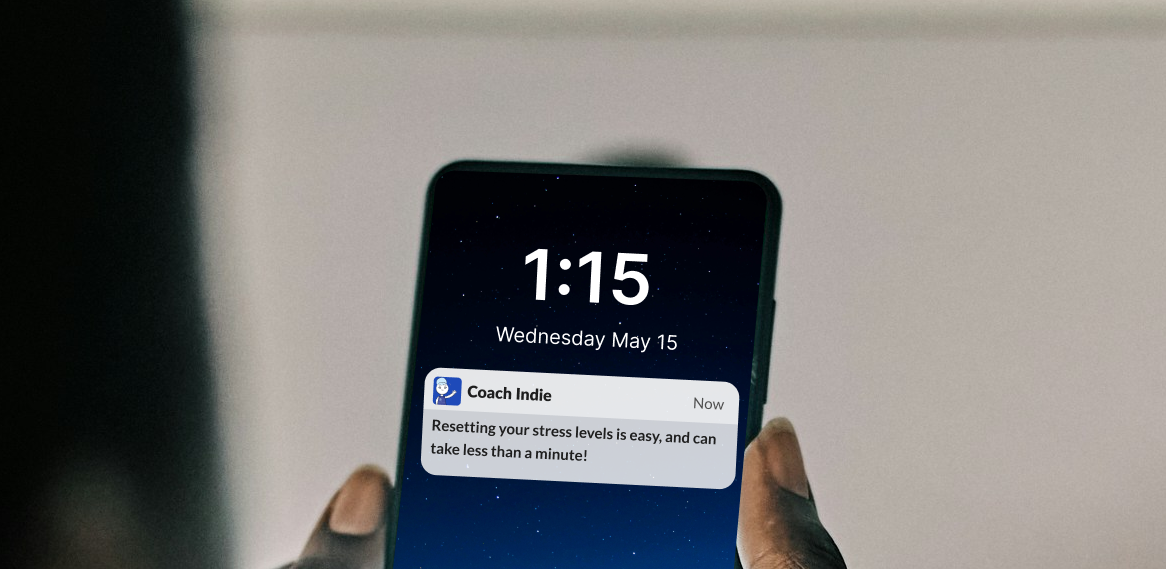You’ve probably heard the phrase, “people don't leave bad jobs; they leave bad managers.”
There’s been rigorous debate over the years about how factual this statement is, with companies like Betterworks on the affirmative and Culture Amp going so far as to say that this is a bald-faced lie.
In management giant Gallup’s 2020 study, they found 54% of people quit their job to “get away from their manager” at some point in their career, and a 2019 study by DDI research found “57% of employees have left a job because of their manager.” DDI also uncovered 14% of people had left multiple jobs because of their managers, and 32% have considered quitting because of them.
In Australia, Seek research found the top 3 internal factors driving people to leave their jobs are:
- Work conditions/working environment – 41%
- Organisational change / restructure – 35%
- Management/leadership in the business – 32%
These three factors correlate to the quality of leadership within an organisation. Good leaders create a positive working environment, manage change well, and frequently communicate consistently and clearly. On the other hand, poor leaders can dramatically influence engagement, happiness and wellbeing levels and cause people to quit (quietly or otherwise!).
If you’re a leader, what can you do to promote a positive working environment for your team and become the manager people don’t want to leave?
How to become a better leader and improve employee retention:
Here are a few suggestions that research shows have a real impact. It’s not an exhaustive or prescriptive list, but it should help turn your workplace into a positively productive and mentally safe environment.
Be consistent with check-ins.
Checking in on employees sporadically or only in times of stress, or even worse, not at all, can lead you to miss early warning signs of stress or burnout, eventually harming company culture.
A Harvard Business Review article found that 40% of global employees say no one checks them. Intentionally checking in with each of your direct reports is critical. We recommend a short weekly check-in to learn their feelings rather than checking on work in progress.
Facilitate person-centred communication
Are your team remote, hybrid or in the office? Are they all from diverse backgrounds? A one-size-fits-all approach to communication won’t be as effective as tailoring your check-ins and communication to each person’s situation.
Open, person-centred communication is critical, and it enables you to address a multi-generational and diverse workforce and craft specific messages to address specific needs. Communicating purposefully while at the same time respecting each individual’s values and feelings should become your standard approach.
Recognition!
When was the last recognise the achievements of your team? Do you do it consistently? Personal recognition helps people to feel valued, motivated and productive at work. Public acknowledgement of a job well done or recognition through company awards will create enormous goodwill and motivation.
And the opposite is true! The previously mentioned DDI study found 57% of employees quit their jobs because of a poor relationship with their managers AND lack of recognition at the workplace.
Implement an employee wellbeing program.
Wellbeing goes beyond an Employee Assistance Program (EAP) program. A Harvard Business Review study found that 88% of job seekers considered digital technology vital to considering a new employer.
Is your business set up to regularly engage with and provide employees with solutions to assist their mental health and lifestyle? Do you provide training or additional services like meditation classes and guest mental health speakers? Why not?
A successful employee wellbeing program contains strategies to target and improve employees' physical, emotional, mental, financial, and social wellbeing. And if you decide to implement one, do it with intent.
Consistently measure engagement, productivity and stress.
You can’t fix what you can’t see.
These suggestions will help you stay on top of workplace satisfaction and rising employee stress levels, especially in a hybrid working environment. Don’t be blindsided when absentee rates climb, your team starts missing deadlines, or resignations hit your desk.
Another option is to invest in a tool that identifies in real-time when your team members are stressed, like Pioneera’s Coach Indie, which monitors signals in written language for signs of stress and burnout and gently nudges people with private and personalised wellbeing tips.
The solution arms you with information and guidance when your team needs support. It coaches you and your team with stress management tips and identifies the good and bad days. Gain a higher chance of retaining employees and increasing satisfaction by gaining access to the correct information.
-1.png)






